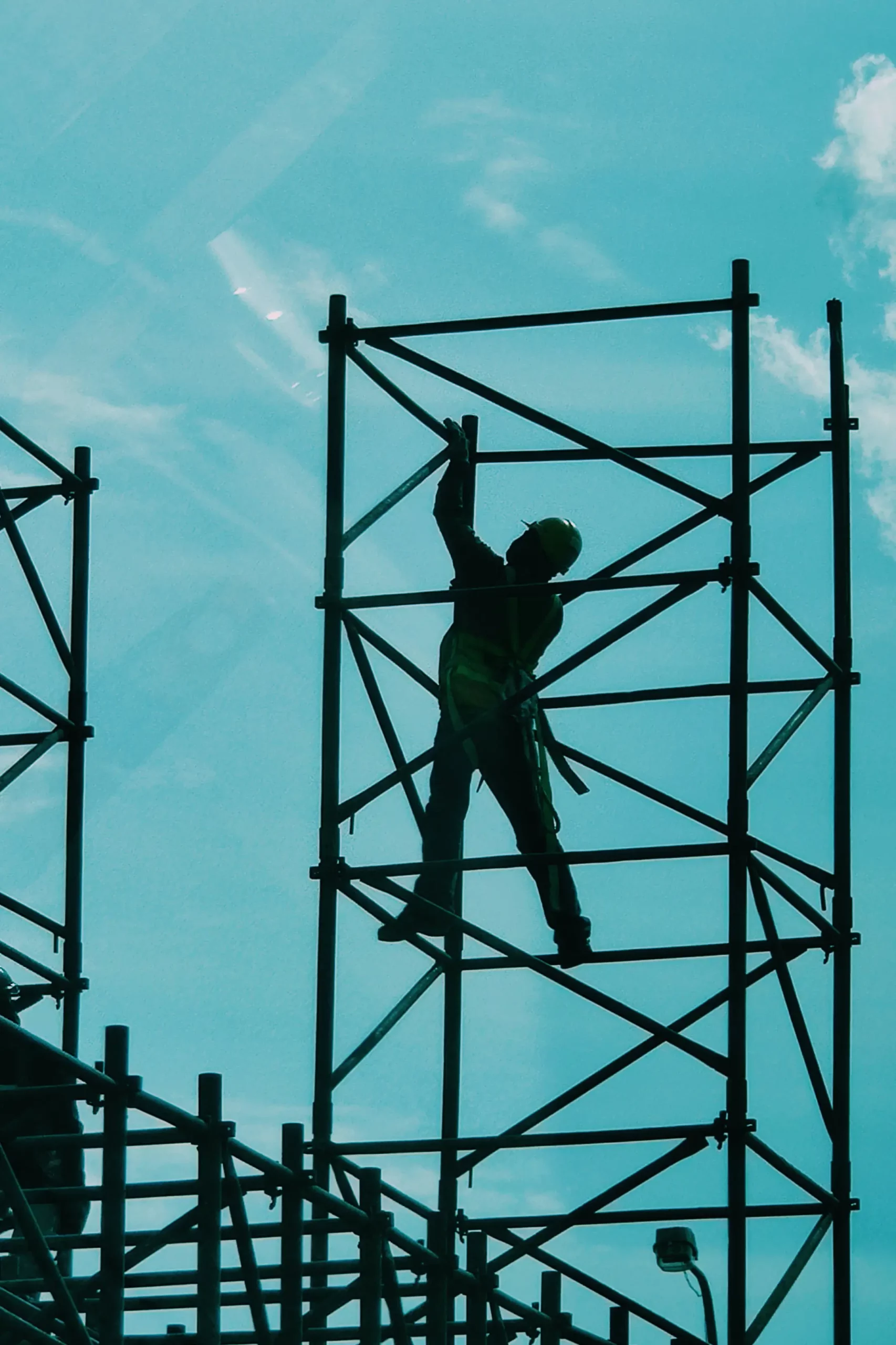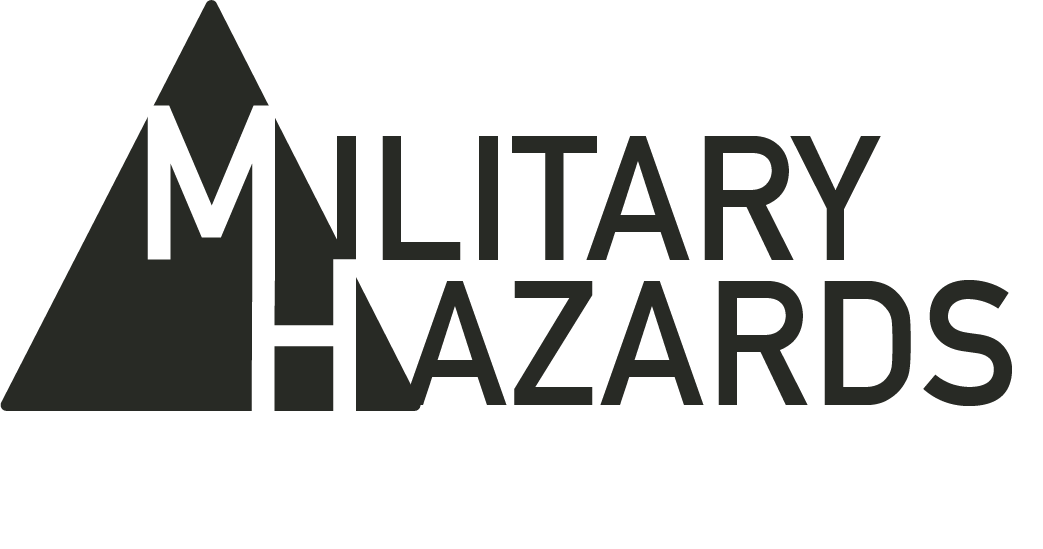Contact Our Legal Partner
"*" indicates required fields

Construction and maintenance jobs are essential to building and maintaining our infrastructure, however, this work also poses significant health and safety risks to workers. That is, occupational hazards can cause serious injuries, illnesses, and even fatalities. Identifying and managing the occupational hazards associated with this type of work is critical to ensuring worker safety and reducing injuries and illnesses that result in the workplace. This article explores some of the different occupational hazards associated with construction and maintenance and outlines some preventive measures that can be implemented to mitigate them.
Defining Occupational Hazards
Occupational hazards consist of any condition or substance that may cause harm to a workers’ health or safety. It is important to note that these hazards can be physical, chemical, or biological and may lead to various injuries, illnesses, or even death.
Identifying Occupational Hazards of Construction and Maintenance
Identifying and managing these sorts of occupational hazards is imperative in construction and maintenance employment. Failure to identify and manage these risks can, no doubt, lead to injuries, illnesses, fatalities, and certainly lawsuits. The latter may be extremely costly for employers. However,by identifying and managing such occupational hazards, employers can reduce the risks of accidents they have on the job, improve their productivity, and maintain a safe working environment for their coworkers. Indeed, these are in the best interest of the employer rto preserve.
Occupational Hazards Associated with Construction and Maintenance

Construction work often involves many dangerous physical, chemical, and biological hazards. Below is a list of some of the most common occupational hazards encountered in construction work:
Physical Hazards
Falls
Falls are certainly one of the most common accidents that occur on construction sites. And, they often result in some of the most serious injuries and even fatalities. Unfortunately, it is all too common that workers fall from elevated platforms, ladders, scaffolds, or roofs.
Struck by Objects
Workers may also be struck by flying or falling material, such as tools, equipment, or materials, which can cause everything from minor injury to fatality.
Caught in or Between Objects
Workers can be caught in or between objects all too easily. This may happen when working in or around things like heavy machinery or equipment, and may also lead to injuries or fatalities.
Electrical Hazards
Of course, construction workers often work with or around electrical equipment, and may be exposed to electrical hazards that cause burns, shocks, and electrocution.
Noise Exposure
Construction work commonly involves exposure to high levels of noise This noise can cause hearing loss, tinnitus, and other hearing disorders.
Musculoskeletal Disorders
Because maintenance employees often perform repetitive tasks, it is common for these individuals to develop musculoskeletal disorders like back pain, tendinitis, or carpal tunnel.
Chemical Hazards
Asbestos
Because asbestos is commonly used in construction materials such as insulation, flooring, and roofing, exposure to it is a common occupational hazard in construction and maintenance. Therefore, exposure to this material may cause lung cancer, mesothelioma, or other respiratory diseases.
Lead
Although the use of this material is largely phased out, its inclusion in building material used to be extremely common. To be clear, lead is a toxic metal commonly found in paint, pipes, and solder. Exposure to it has the potential to cause neurological damage, anemia, and other health serious complications.
Silica
In short, silica is a mineral found in rocks, sand, and soil. If construction workers are exposed to silica dust, it may cause lung cancer, silicosis, or other respiratory diseases.
Biological Hazards
Vector-borne Diseases
Since construction sites often provide an ideal habitat for disease-carrying insects such as ticks, mosquitoes, and fleas, infection can be transmitted to construction or maintenance workers through things like bites and stings. This places workers at a higher risk of contracting things like West Nile, Lyme disease, malaria, and dengue fever. .
Mold Exposure
Construction sites are also susceptible to moisture and mold growth. Such conditions are perfect for bacterial growth. Such bacteria, though, has been known to cause respiratory impairments, allergies, and other health issues like eye and skin irritation.
Prevention and Control of Occupational Hazards
Preventing and limiting occupational hazards is necessary for ensuring worker safety and reducing the risk of injuries and illnesses in the workplace. Below are a list of preventive measures that can and should be taken:
Engineering
Control for engineering involves designing and/or modifying employee equipment, tools, or their facilities to either completely eliminate or reduce occupational hazards. Some examples of controlled engineering include systems designed for fall prevention, ventilation, and noise control measures.
Administrative Controls
Administrative controls involve the alteration of work practices, policies, or procedures to reduce the risk of exposure to occupational hazards. For example, administrative controls might include job rotation, training and education on safe work practices, or reconstructing work schedules to reduce exposure to heat.
Personal Protective Equipment
Personal protective equipment (PPE) includes equipment or clothing designed specifically to protect workers from occupational hazards. Some examples include gloves, goggles, respirators, bump caps, hard hats or steel toe boots. Still, PPE should be used in conjunction with other preventive measures, such as engineering and administrative controls to be most effective in preventing injury.
Clearly, occupational hazards are a significant risk to the health and safety of employees working both construction and maintenance. Identifying and managing occupational hazards cannot be overstated to ensure safety and the reduction of risks to injuries and illnesses in the workplace. Employers should always take preventive measures, like those just explained to protect their employees from the innumerable amount of occupational hazards that present themselves in the workplace. In so doing, employers can maintain a safe working environment and reduce the risk of accidents and injuries sustained by their employees. Consistent attention to occupational safety and health is, without question, essential.
